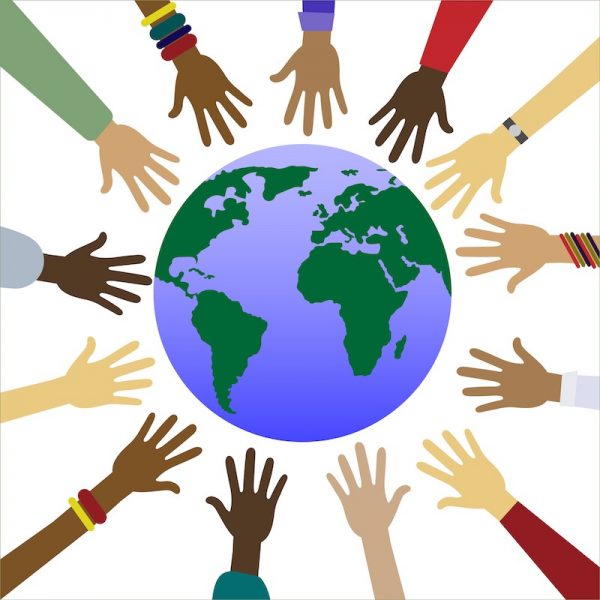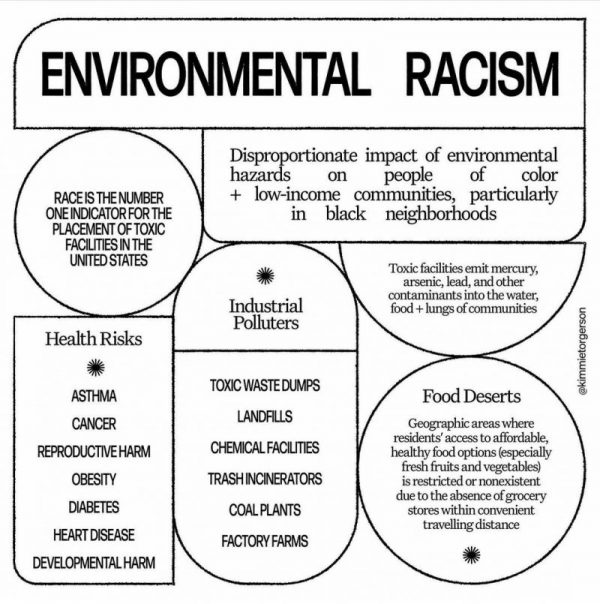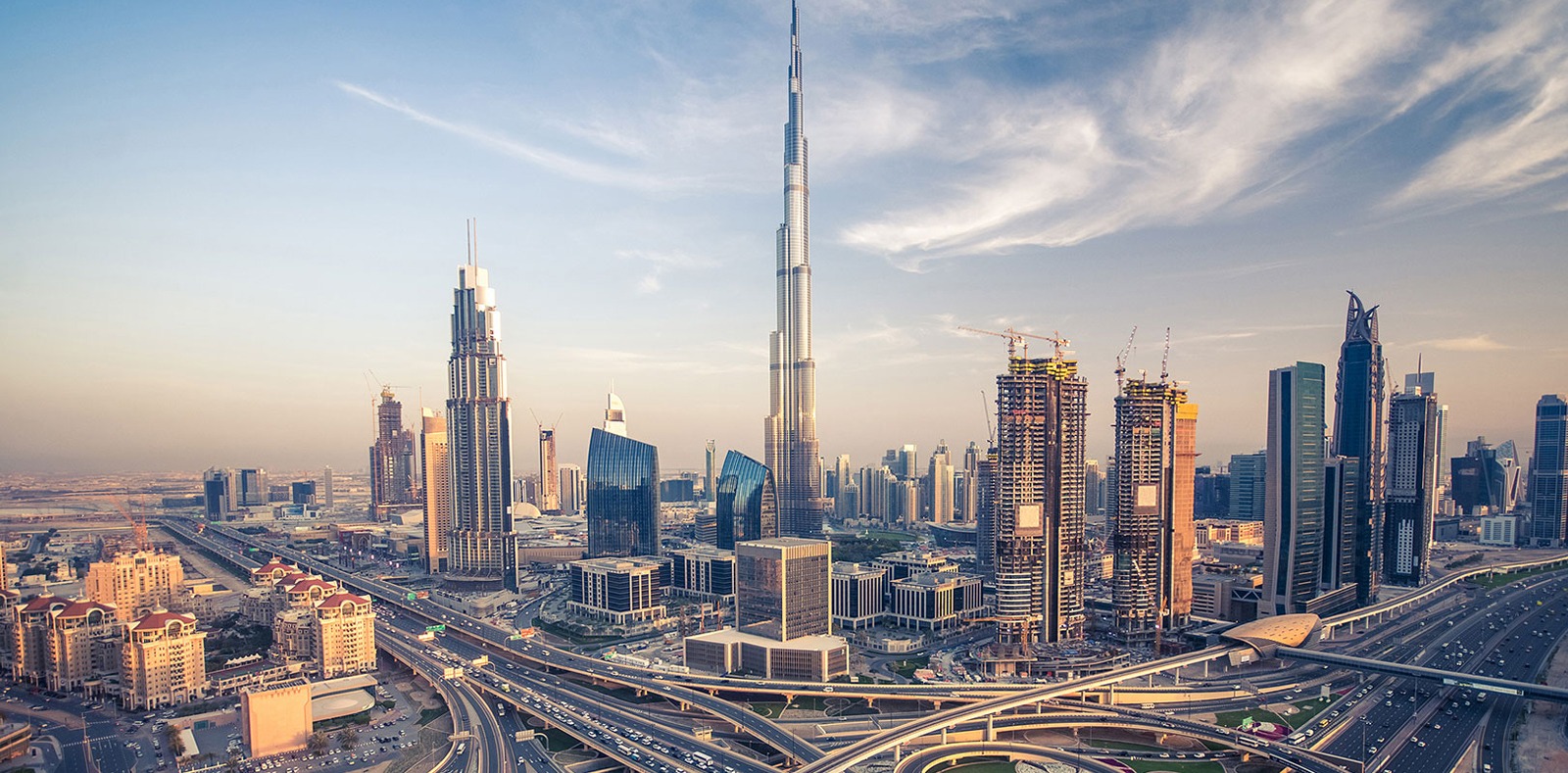Intersectional Environment Is The Future
Opinion Piece

August 26, 2020, 11:58 am
By Hannah Pereira
I first read about intersectionality when I came across Kimberlé Crenshaw who is a Black American lawyer, Civil Rights Advocate, Philosopher, and leading scholar of critical race theory. She coined the term Intersectionality as a theoretical framework that explains how someone’s identity (gender, sex, culture, race etc) can overlap and influence how one experiences privilege and prejudices. Intersectionality identifies advantages and disadvantages that are felt by people due to a combination of factors’.
This later than was adopted by environmentalists who rightly believe that each one of us cannot ignore how complexities might factor into how we experience the world. Instead of isolating social justice and environmental issues, we can see how they are two sides of the same coin. Intersectional Environmentalism acknowledges how the two are intrinsically linked and work together to achieve justice. For sustainability to be inclusive it has to be intersectional.
Why do we need intersectional environment?
We have to acknowledge that the data findings prove that when it comes to exposure to poor air qualities, water scarcity, poor water quality the BIPOC (Black, Indigenous, People of Colour) are disproportionately impacted even though they are the ones that have done the least to cause the climate crises. 99% of deaths related to climate change occur in the world’s ‘least developed countries” even though those countries only contribute to 1% of emissions.
According to Amnesty, there will be a 20% increase in global hunger and malnutrition in 2050 and 1 billion people will see a severe reduction in water resources. Whilst we can’t choose whether we will be affected by climate change (we all are and will) we can choose whether we want to be bystanders.
What can I start doing today to be an Intersectional Environment Advocate?
Understand that this is a journey. Being a voice to the unheard is a constant active decision that involves learning, listening, asking challenging questions. Support local advocates, activists, and organisations. Unlearn and learn about the history of the environmental movements in the 60s and 70s and see how it’s parallel to our today, as it keeps us informed and helps us make wise decisions.
Social justice includes environmental justice and so should environmentalism as a whole. This will help strengthen both movements and make it so BIPOC and other unheard voices can feel, heard and included. Fighting for climate justice does not mean just protecting nature and the environment. It also means we start seeing the marginalised communities are on the forefront of climate damage and acknowledging the irony and injustice in that.
This post is just a portal to dive into the multitude of resources out there. One of the most important first steps is to educate ourselves. Here are some places to go:
This video explaining environmental justice
This article on what environmental injustice means
This article on environmental racism
Friends of the Earth post on environmental racism











